 [This was new news back in September, but I think the information is still current. Sorry about taking so long to report this important story.]
[This was new news back in September, but I think the information is still current. Sorry about taking so long to report this important story.]
Back in September a user posted this complaint on the FamilySearch GetSatisfaction forum:
Kent Jaffa 3 months ago
Dissatisfied - No Main Library consultants availabile in evenings and Saturdays
I am very displeased that the main library will no longer have consultants after 7 pm and on Saturdays. It is sad to have such a nice facility and not have expertise available to answer difficult questions for which the missionaries are not trained to handle.
Please change this policy.
I asked for an official statement on the matter from Paul Nauta, FamilySearch spokesperson. The statement says that the library is employing a new patron service model. Some research consultants have been allocated to “providing enhanced patron services to family history centers throughout North America, Latin America, and Internationally.” As part of the new model, the library has examined library usage and changed staffing accordingly. “The staff change [decrease] only effects 14 hours of the 60 hours we are open each week. Also, during the 46 peak Library hours, more research consultant staff members are out helping patrons than ever before.”
In a subsequent post, Jaffa verified this to be the case. “While the number of consultants was reduced, the number of on-duty consultants during the daytime has been increased,” he said.
The statement also points out the large number of capable volunteers helping in the library. “There is a common misconception that only research consultants can offer assistance. Many of our missionaries and community volunteers are accredited and expert in their fields of research.”
Jaffa, in yet another post, said, “While in general the missionary/volunteers are great at handling the easy to intermediate difficult questions and have made and continue to make a significant contribution to helping patrons, they are no[t] a replacement for the staff.” He said, “I know of only one or two volunteers/missionaries that are accredited on the British floor and I am pretty sure that neither of these work during the hours where consultants will no longer be available.”
As I say, there may have been changes since I received this statement back in September. The statement says, “The change has only been in effect for a few days, so we ask for your patience and understanding as we implement and refine the new patron service model.”
The statement closes by saying,
The Family History Library is open more hours, provides more computers, printing options, and professional help than any other genealogical library, society, or archive in the world. We remain committed to providing all of these services free of charge to patrons from all over the world.
From my experience, that is certainly the case. When I visit court houses, libraries, and archives, I fully expect them to be closed evenings, weekends, and one or two weekdays. Always check beforehand before travelling a long distance to visit one. At the National Archives (NARA) in Washington, D.C., one limitation is that the staff that retrieves items from archive shelves works only during the workday. However, you can continue to use the items into evening hours and the weekend. Thus, to best utilize a visit to NARA, it is important to order enough materials during the workday to keep you busy during the subsequent evenings and weekends.
You might approach the Family History Library similarly. if you need advanced research consultations, work them into your afternoons so you have enough to do to keep you busy in the evenings.

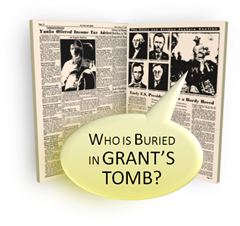
 [This was new news back in September, but I think the information is still current. Sorry about taking so long to report this important story.]
[This was new news back in September, but I think the information is still current. Sorry about taking so long to report this important story.]
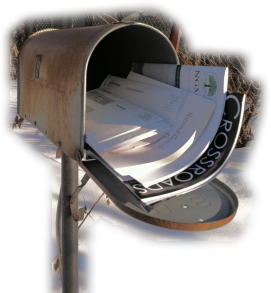
 On a Saturday night in December 2011, Marge Vallazza walked past her spinet piano whereon were various family photos. Her eyes were drawn to a photograph of her Abuelita, her grandmother. Marge was but six years old when her Abuelita Altagracia Gonzalez had died. She picked up the photograph and spoke to her Abuelita, “I wish I knew more about you! I wish I'd known you better.”
On a Saturday night in December 2011, Marge Vallazza walked past her spinet piano whereon were various family photos. Her eyes were drawn to a photograph of her Abuelita, her grandmother. Marge was but six years old when her Abuelita Altagracia Gonzalez had died. She picked up the photograph and spoke to her Abuelita, “I wish I knew more about you! I wish I'd known you better.” 
 On 29 October
On 29 October 





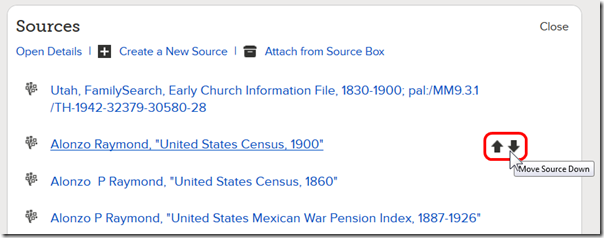
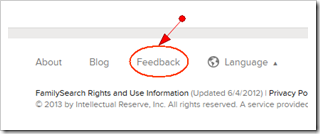

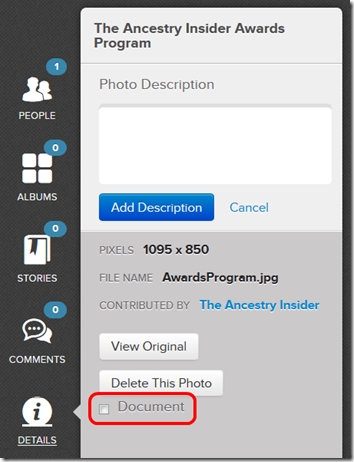 For those like me who jumped the gun, photographs can be converted to documents—and vice versa. In the photo viewer, click on Details, then check the Document check box underneath Delete This Photo. (See the image to the right.)
For those like me who jumped the gun, photographs can be converted to documents—and vice versa. In the photo viewer, click on Details, then check the Document check box underneath Delete This Photo. (See the image to the right.)